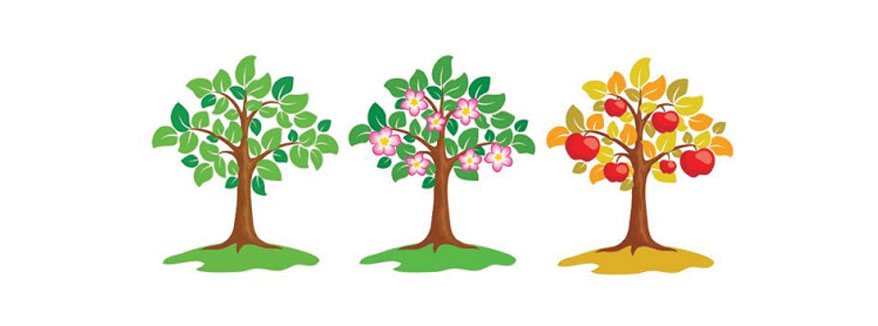Grafting
Grafting
Play Description
In gardening, grafting involves cutting off a branch of an existing “donor” plant and placing it on to another “recipient” plant so that the receiving plant bears the same fruit as the donor.
In the Agile Transformation Playbook, grafting occurs when an existing agile team (or individual) is placed into a non-agile department or division so that their agile knowledge, practices and behaviors are successfully transferred to the the receiving department.
Use When…
A grafting play works well when:
- Grafting ratio (1:3). Grafting works well when the ratio of agile to non-agile individuals is one-to-three or better. Having a minimum ratio of agile individuals is necessary because these individuals can demonstrate how to practice agile together, and their use of agile is likely to result in success. When the ratio is too low, skepticism from non-agile individuals usually results in rejection of agile thinking, preventing the graft from being successful.
- Donor department can make the sacrifice. Often, the department or division losing the agile team suffers some degree of adverse impact because they’ve lost a number of their best individuals. Grafting works well when the department donating the agile team can make the sacrifice without losing agility themselves.
Advantages
Grafting has a number of advantages when compared to other plays, including:
- Accelerated transformation. Using grafting accelerates the rate of transformation because active use of agile practices around non-agile individuals rapidly increases their understanding of agile.
- Can use in parallel. Because it does not conflict with most other agile transformation plays, grafting can often be used with other agile transformation plays in parallel.
- Peer driven. Unlike transformation plays that rely upon coaches or leadership for success, the benefits of grafting are peer-driven. So, skeptics who don’t trust leadership are more likely to trust peers and co-workers.
- Learn by example. Because grafted agilists are embedded into less-agile teams or departments, the less-agile teams can learn by following the examples set by their agile team members.
Disadvantages
There are a few disadvantages often encountered when grafting:
- Risk of graft rejection. Particularly when the grafting ratio is too low, grafts are sometimes rejected, leaving the grafted individuals or teams in a hostile environment.
- “Foreigner” phenomenon. Even when the graft is successful, grafted individuals and teams are sometimes still perceived as foreigners, or outsiders.
- Adverse impact on graft donor. The donor department suffers some degree of adverse impact because they’ve lost a number of their agile individuals. It’s possible that the donor department will lose agility themselves by allowing their agile talent to leave.
Additional Notes
A variant of grafting is a reverse-graft, where a non-agile individual is embedded in an agile team or department, instead of the opposite. Jeff Sutherland, a co-creator of Scrum, recommends this approach and it has some advantages over grafting because the ratio of agile to non-agile individuals is much higher. However, it also takes quite a bit longer to transform many non-agile individuals into agile ones.

